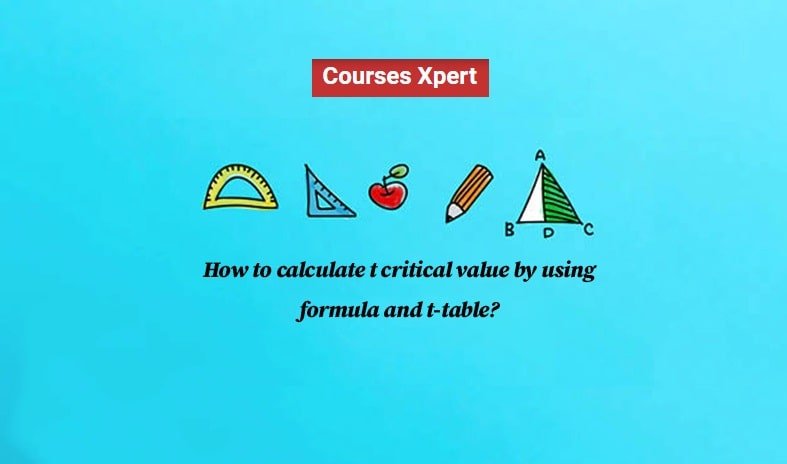It is now the moment to change the way we teach math. A confluence of factors, including a general recognition of the loss of learning and the inequitable effects it has on students as well as the influx of education technology brought on by closures of schools as well as the necessity of attending to children’s emotional and social development and parents’ worries of their children not getting back on track, suggests that we should explore new ways of meeting every student wherever they are and then help them reach their potential.
The most important aspect of this approach is the use of customized acceleration or customized learning methods that integrate pre-, on-, and post-grade abilities in order to bring students up to speed and beyond in the time of at least one academic year.
Here are the six most important things we’ve learned.
1. Learning gaps that are critical to success must be addressed in a systematic and thorough manner.
Before Covid-19, a lot of students were not conducting a quality level of performance due to the accumulation of not-completed knowledge of the most important skills acquired in previous years. Making sure that all students are ready for college and careers depends on understanding the extent and variations in math knowledge loss. In other areas, students might benefit from working through the content of their grade even if they aren’t proficient with previous concepts; the accumulative mathematical nature makes prior understanding essential to many of the most critical abilities.

2. It’s not required to fix every gap in the pre-grade.
The mathematical standards for every grade level are based on only a portion of the knowledge learned in previous years. To attain mastery in the sixth grade, for instance, it’s not necessary to master all 5th-grade skills. Additionally, for some grades, a basic understanding of the relevant gaps in pre-grade may suffice, and others will require more thorough knowledge.
There are a variety of tools available to assist teachers in making these decisions, such as free diagnostic known as Roadmaps that can help teachers identify the exact pre-grade and on-grade abilities each student must master to attain proficiency at grade level.
3. Incorporating fundamental pre-grade skills in conjunction with post-grade abilities is a better way for students to master their skills.
In the last ten years, certain schools in the partnership have set up Teach to One program (find out more at studycrumb.com) to prioritize teaching students at their level, regardless of how far they are from the grade level. Others have set up the program to provide more attention to material at grade level because of the importance placed on the state summative assessment. A study conducted by a third party discovered that schools that adopted the program to accommodate specific students’ needs experienced more significant growth over three the course of three years than those that focused on exposure to grade levels.
4. Schools are now able to tailor their math lessons in ways they weren’t before.
First time ever, technology has made it possible to determine each student’s specific strengths and voids in pre-grade skills and assign the most effective classes and tasks at the correct timing; organize and group students to collaborate on learning and constantly assess for the mastery of students. These are vital elements of individualized acceleration.
While technology plays a vital role in the classroom, teachers are the heart of learning. The best-tailored acceleration blends teacher-led instruction along with other methods of instruction, such as peer-to-peer learning and individualized learning, which allows students to master various skills simultaneously.
5. Teachers can teach the curriculum for grades 1 through 6 and, on top of that, address the gaps in pre-grade education only through an enormous infusion of instruction or a multi-year strategy.
Even with specialized acceleration program strategies, many students will not be able to return to grade-level mathematics in just one year. The multi-year method gives those who suffer from a significant loss in learning an improved likelihood of achieving proficiency when (1) they concentrate solely on the fundamental abilities they’re not yet mastering and have the basic knowledge they need to master in the future; and (2) they have quantifiable points of mastery to ensure the high expectations and ensure accountability.
6. A multi-year plan to build success requires policies that support it.
Instruction solely focused on reaching proficiency at grade level in one year can be detrimental to students who have a math knowledge loss. However, since the policies promote standard accountability systems that are based on the grade level, schools do not have the time to implement interventions that are not in line with the current direction.
To actually address math learning loss so students can succeed, schools will need the support and ingenuity of senior administrators and policymakers – specifically when it comes to testing and accountability policy, as well as the procurement of instructional materials.
The catastrophe of the pandemic presents schools with a unique opportunity to revisit the fundamental principles of age-graded learning. It’s a chance we must not waste.

Rahul Kumar is a passionate educator, writer, and subject matter expert in the field of education and professional development. As an author on CoursesXpert, Rahul Kumar’s articles cover a wide range of topics, from various courses, educational and career guidance.



